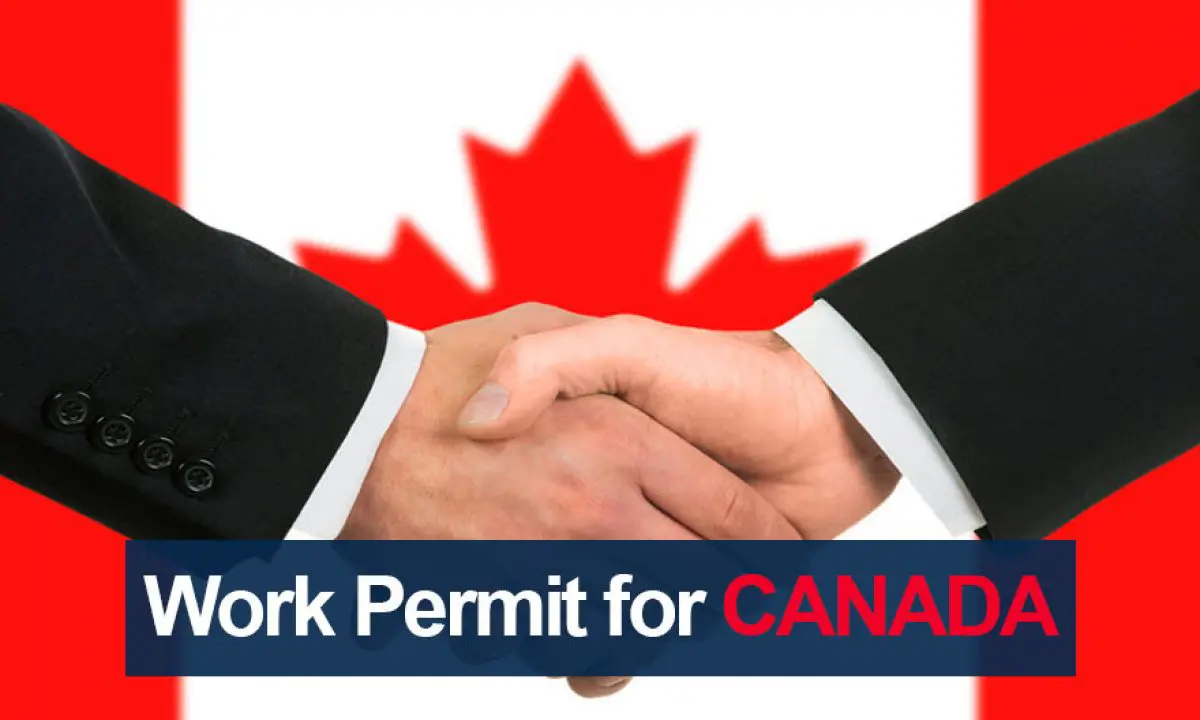Step-by-Step Guide to Securing a Canadian Work Visa from India

Navigating the Path to a Canadian Work Permit: Key Insights and Practical Steps
If you’re considering a career move to Canada, understanding the intricacies of the work permit process is crucial. This guide highlights the essential types of work permits, the application procedure, and the potential benefits of international experience, providing a comprehensive overview for prospective applicants.
Types of Work Permits: Temporary vs. Permanent
Work permits in Canada are categorized into two primary types: temporary and permanent. The temporary work permit is valid for a limited period and requires renewal for extension, while the permanent work permit allows for indefinite employment. Notably, most applications are employer-driven, requiring the employer to submit the application on behalf of the employee.
The Value of International Experience
Having international work experience can give candidates a competitive edge in the job market. Employers often value the adaptability and unique skills acquired through international assignments, such as language proficiency and cross-cultural communication. These qualities are increasingly relevant in today’s globalized economy, making international experience an asset in your resume.
Step-by-Step Application Guide
-
Secure a Job Offer: Before applying, you must first obtain a job offer in Canada. This requires demonstrating a contract as part of your application.
-
Embassy Appointment: Schedule an interview at the Canadian embassy or consulate in your home country to discuss your application.
-
Document Preparation: Gather and prepare your documentation, which may include proof of job offer, CV, passport, and financial evidence.
-
Application Submission: While employers typically handle the application, some situations may require you to submit it personally.
- Visa Interview: Attend your scheduled interview and ensure all fees are paid as per the visa office’s requirements.
Required Documentation
The documentation needed varies by permit type but typically includes:
- Proof of employment status
- Labor Market Impact Assessment (if applicable)
- Job offer letter
- Educational credentials
- Financial proof for living expenses
Processing Times and Work Permit Variations
Processing times for work permits can range from a few weeks to several months, depending on various factors, including the applicant’s country of residence.
One notable category is the Intra-Company Transferee (ICT) Work Permit, designed for employees of international companies looking to establish or work at a branch in Canada. This permit often bypasses the need for a Labor Market Impact Assessment (LMIA), expediting the process.
LMIA Application Insights
For employers seeking to hire foreign workers, an LMIA is typically necessary. This requires demonstrating genuine recruitment efforts for Canadian citizens first, alongside providing wage and safety standards comparable to local employees.
Spousal Open Work Permits
For those with spouses working in Canada, an open work permit allows the spouse to work for any employer in the country, offering flexibility and support during the transition. If an application is refused, candidates can reapply with additional documentation to address any concerns.
Conclusion
Navigating the Canadian work permit system can be complex, but understanding the types of permits, required documentation, and the advantages of international experience can simplify the process. For additional support, consulting with experienced immigration professionals can provide personalized guidance tailored to your unique situation.
For inquiries or assistance, reach out to SPS Canada for expert advice and support in your immigration journey. Contact us via email at [email protected] or by phone at (1)905-362-9393. Your future in Canada awaits!
Reference



